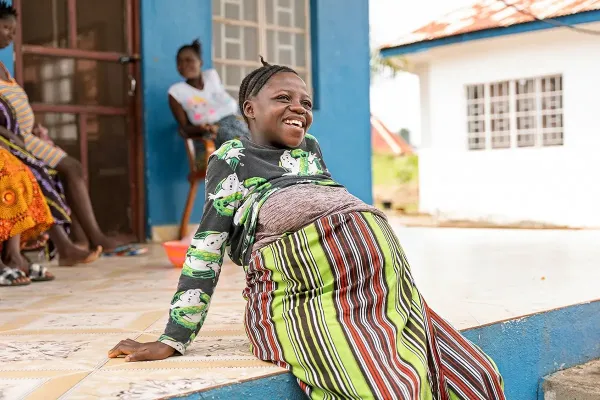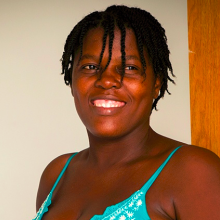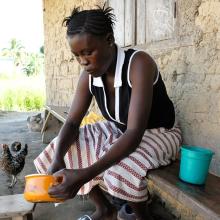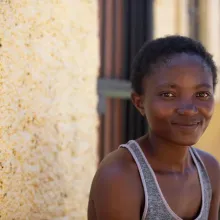Sia Fengai stopped eating when the smell of fish—and other once-favorite foods—became unbearable. Nausea and persistent stomach pain led her to leave Freetown to visit her family in rural Sierra Leone, some 450 miles from the capital city, in search of care and support.
At a local health clinic in Njaiama Nimikoro, after two visits, she learned she wasn’t sick. Rather, she was pregnant with her first child. Moreover, due to her petite frame and height—less than five feet—her pregnancy was classified as high-risk. The clinic immediately referred her to Partners In Health (PIH), known for having the only facilities in the region equipped—with the “five S’s”—to manage complex maternal health cases.
On October 1, 2024, Sia was admitted to the maternal waiting home at PIH-supported Wellbody Clinic, a primary care facility in Kono District. There, women with high-risk pregnancies are closely monitored around the clock by maternal health staff in the weeks leading up to delivery at nearby Koidu Government Hospital (KGH), a PIH-supported secondary care center.
In the photo story below, follow 26-year-old Sia’s journey: receiving care in the maternity ward at KGH, to undergoing a C-section, and welcoming a healthy baby girl into the world.
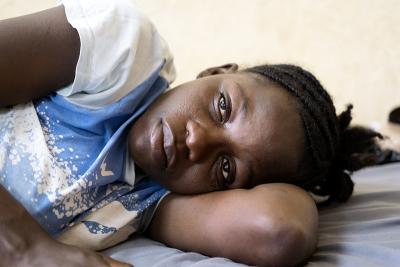
Sia, 39 weeks and 6 days pregnant, is transferred from Wellbody Clinic to Koidu Government Hospital (KGH) on the evening of October 28, 2024, to prepare for an elective C-section due to cephalopelvic disproportion—a condition in which a woman’s pelvis is too narrow and/or the baby’s head is too large for a safe vaginal delivery. Sia lies in the antenatal room at KGH on the morning of October 29, 2024, after a restless night marked by lower back pain and anxious thoughts about the upcoming surgery.
Photo by Jessey Dearing / PIH

During visiting hours, Sia’s mother, Kumba Mansaray, checks in on Sia and brings clothes and essentials for her and the baby. While in the antenatal room, staff also inform Kumba about blood donation services at the on-site clinic.
Photo by Chiara Herold / PIH
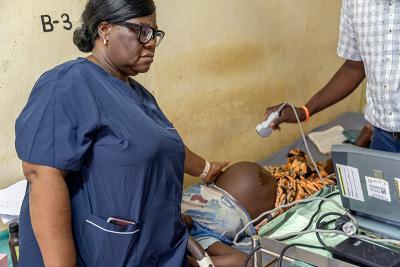
Sia begins having mild contractions around noon on October 29. Staff quickly schedule an emergency C-section to avoid potential complications. Sister Patricia Efe Azikiwe (left), KGH’s reproductive, maternal, newborn, child, and adolescent clinical program manager, and OBGYN Dr. Eseoghene Dase (right) examine Sia and begin instructing midwives and doctors to prepare for the procedure.
Photo by Chiara Herold / PIH
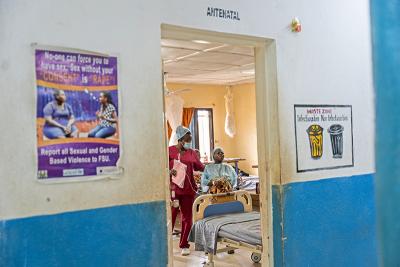
After giving an IV to Sia, Sister Samuella Susan Lardge (left) comforts her amid ongoing contractions.
Photo by Chiara Herold / PIH
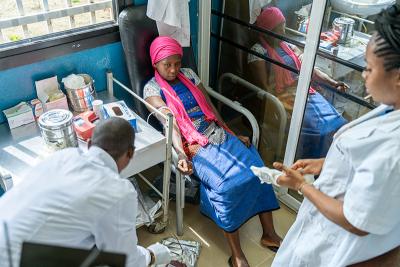
Meanwhile, Kumba (center) and Sia’s uncle Ibrahim (not pictured) donate blood at KGH’s blood bank. Thanks to regular contributions from generous donors like Kumba and Ibrahim, the blood bank has remained well-stocked for years, saving the lives of countless women who experience postpartum hemorrhage.
Photo by Chiara Herold / PIH

At 1 p.m., Sia and Sister Samuella walk from the antenatal room to the operating theatre; within 10 minutes, the C-section begins. Between 2018 and 2024, staff at KGH performed 7,360 lifesaving C-sections.
Photo by Chiara Herold / PIH
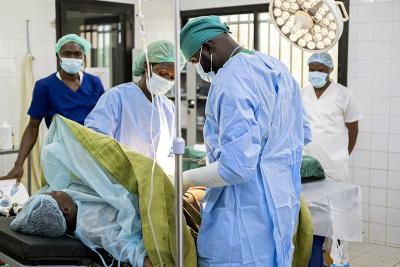
Doctors perform a C-section on Sia while nurses, midwives, and other staff provide ongoing support during the operation. Sia lies still as upbeat, religious music plays softly in the background. At 1:31 p.m., her baby girl’s first cry is heard and she is born weighing 6 pounds, 12.6 ounces (3.08 kilograms).
Photo by Jessey Dearing / PIH
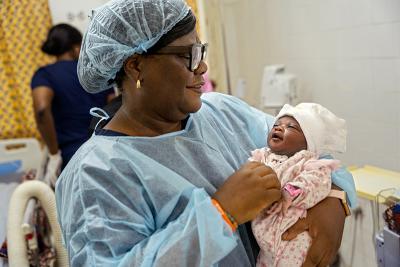
Sister Patricia holds Sia’s baby shortly after birth. “[Sia] was so happy and smiling when the midwife brought the baby to her. And it was really a thing of joy to see how happy she was and that made me happy too,” says Sister Patricia.
Photo by Abubakarr Tappiah Sesay / PIH
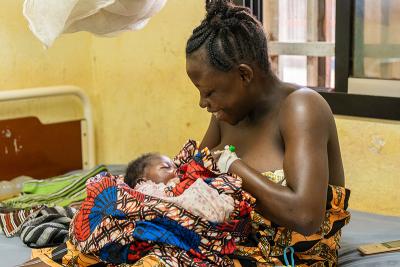
The morning after surgery, Sia and her baby are recovering well in KGH’s post-operation room. Sia breastfeeds, eats nutritious meals, and rests as staff frequently check on her and her baby throughout the day. While in the room, Sia and three other new moms learn about family planning and contraception methods—implants, IUDs, pills, and condoms— during a group discussion led by a nurse.
Photo by Chiara Herold / PIH
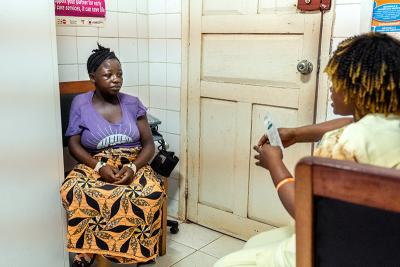
It’s Sia’s first time hearing of family planning. Feeling informed and empowered about her reproductive health, Sia chooses an implant—a small, thin rod placed under the skin of the upper arm. Down the hall in the family planning room, Nurse Patience Hawa Kargbor (right) further explains the implant and its side effects and answers Sia’s questions before inserting it—a two-minute, painless procedure.
Photo by Chiara Herold / PIH
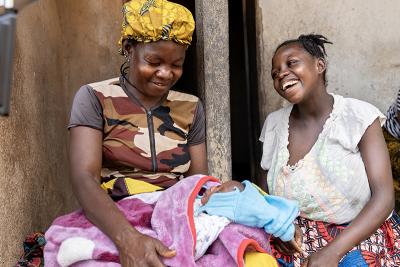
Sia and her baby are discharged from KGH mid-morning on October 31 and travel to her family’s home, about a 30-minute drive from the hospital. In Sierra Leone, traveling on a motor bike is common and in other countries where PIH works, expectant mothers may travel by foot or canoe. Sia sits with her aunt, Sia Matturi, and newborn on November 1, 2024.
Photo by Chiara Herold / PIH
